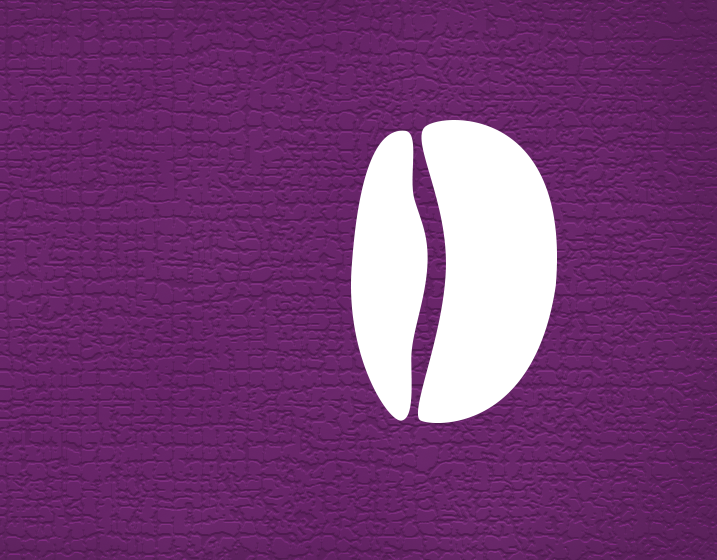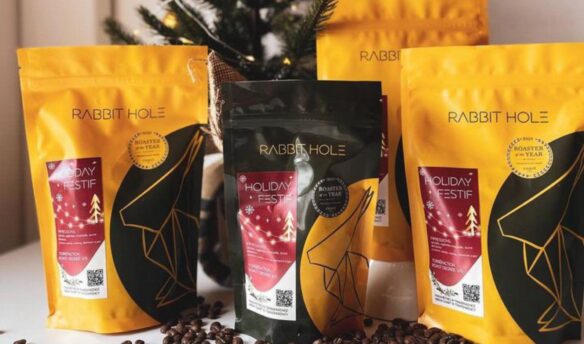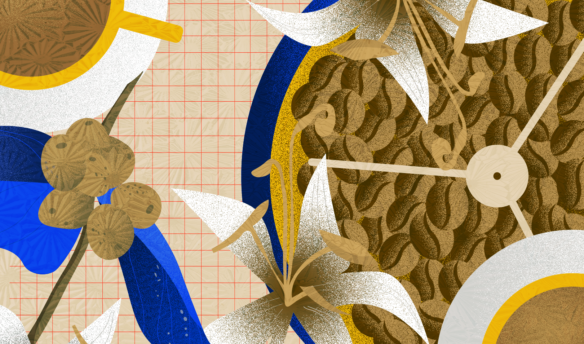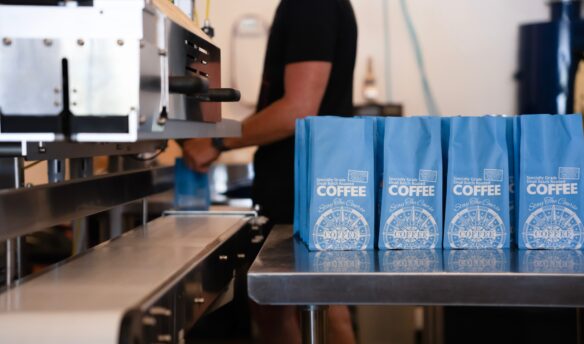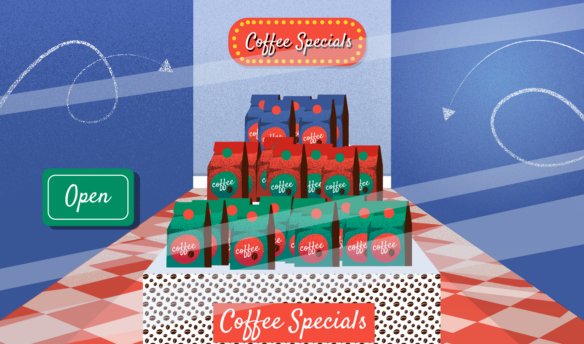[B]efore green coffee makes the transition to retail, it needs to be roasted. Roasting increases the solubility of coffee beans (meaning flavors can be more easily extracted), and develops the flavors and aromas we associate with coffee.
Generally, the longer and hotter a coffee bean is roasted, the more its flavor changes. Heat induces chemical reactions within the bean, each of which contribute to the final flavor profile. (These reactions include the Maillard reaction and caramelization.)
As coffee roasts, it darkens in color, transforming from green, to yellow, to brown, then dark brown, and eventually to black. Though color is an indicator of roast level, it is misleading to categorize coffees by hue. Calling a coffee “light” or “dark” oversimplifies its characteristics, and might be misleading for customers.
While some might attribute light coffees to the third-wave sector, it would be more correct to say that craft roasters favor profiles highlighting certain characteristics of the seed (bean) that develop based on where it was grown and/or how it was processed. This is generally referred to as profile roasting.
Roasters treat each coffee differently by testing a series of roast approaches until the desired result is achieved. Based on these trials (sample roasts), the right application of heat over specific amounts of time is determined for that coffee.
The manipulation of time and temperature determines flavor, but how these two variables are used to influence the final cup can be tricky. Joe Marrocco, of Cafe Imports and the Roasters Guild Executive Council, helped break down how this manipulation works:
- A roaster looking for a lively, intensely bright, and complex cup of coffee will likely roast their coffee quickly and to a lower temperature (like a baker seeking a gooey cookie).
- A roaster who wishes to achieve a more mellow, sweet, and comforting expression from a coffee would roast the coffee to a higher temperature for a longer amount of time.
- A roaster who wants to taste less of the origin character and more of the roast process—perhaps looking for dark-chocolate to smoky tones—would take the process even further, roasting to much higher temperatures.
The profiles with greater heat application pushing the coffee to a higher finish temperature will send the coffee into a reaction called second crack, in which the coffee grows darker and shinier (first crack occurs earlier on in the roasting process, when coffee is just starting to brown and caramelize). This dulls the bright cup characteristics and causes more bitter flavors. Eventually the coffee becomes more fully carbonized, turning into tiny bricks of charcoal. At this point, coffee will taste burnt, and every additional second in the roaster leads closer to lighting beans on fire.

—Jessica Easto is the author of Craft Coffee: A Manual.

